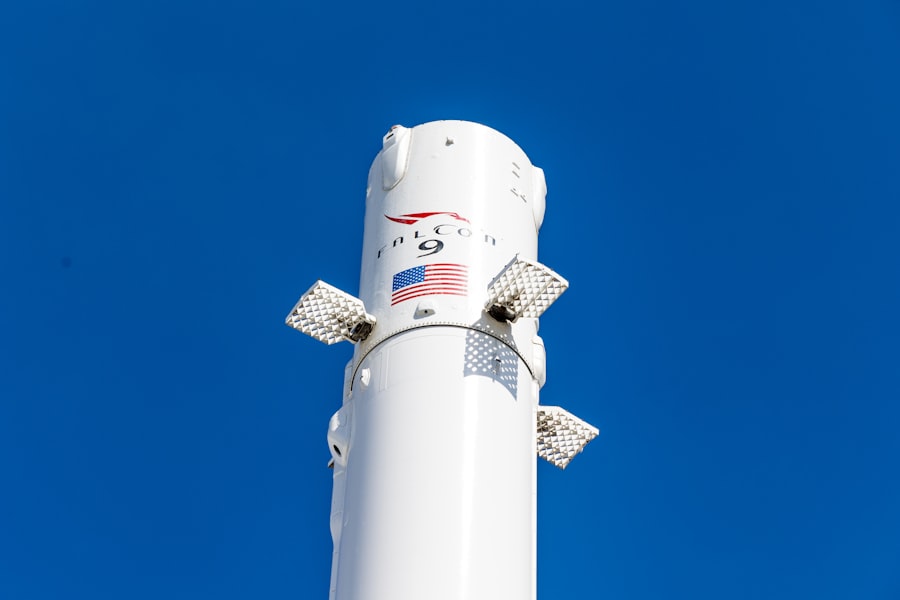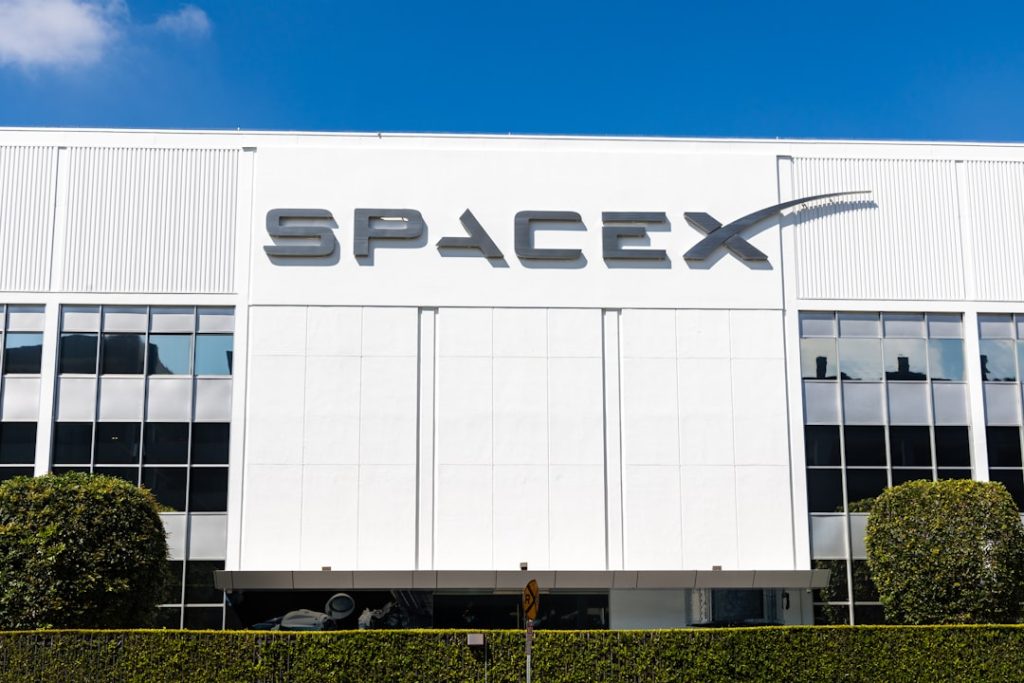Aerospace aeronautical engineering is a specialized field that encompasses the design, development, testing, and production of aircraft and spacecraft. This discipline merges principles from various engineering domains, including mechanical, electrical, and materials engineering, to create vehicles capable of navigating through the Earth’s atmosphere and beyond. The significance of aerospace engineering cannot be overstated; it plays a crucial role in enhancing global connectivity, advancing scientific research, and enabling exploration of outer space.
As the world becomes increasingly interconnected, the demand for innovative aerospace solutions continues to grow, making this field more relevant than ever. The roots of aerospace engineering can be traced back to the early 20th century, with pioneers like the Wright brothers laying the groundwork for powered flight. Since then, the field has evolved dramatically, driven by technological advancements and the need for more efficient and safer air travel.
Today, aerospace engineers are tasked with addressing complex challenges such as fuel efficiency, noise reduction, and environmental impact while pushing the boundaries of what is possible in aviation and space exploration. This article delves into various aspects of aerospace aeronautical engineering, exploring its evolution, technological advancements, and future prospects.
Key Takeaways
- Aerospace aeronautical engineering involves the design, development, and testing of aircraft and spacecraft.
- Aircraft design and technology have evolved significantly over the years, leading to more efficient and advanced aircraft.
- Materials science plays a crucial role in aerospace aeronautical engineering, as it enables the development of lightweight and durable materials for aircraft construction.
- Advancements in propulsion systems have led to more powerful and fuel-efficient engines, improving the performance of aircraft and spacecraft.
- Computational fluid dynamics has revolutionized aerospace aeronautical engineering by allowing for more accurate and efficient aerodynamic analysis and design.
The Evolution of Aircraft Design and Technology
The evolution of aircraft design and technology is a fascinating journey marked by innovation and ingenuity. In the early days of aviation, aircraft were primarily constructed from wood and fabric, with simple designs that prioritized basic functionality over performance. The introduction of metal structures during World War I marked a significant turning point, allowing for stronger and more durable aircraft capable of withstanding the rigors of combat.
The interwar period saw further advancements, including the development of all-metal monocoque designs and the introduction of retractable landing gear, which improved aerodynamics and performance. The post-World War II era ushered in a new age of aviation technology characterized by the advent of jet propulsion. The introduction of turbojet engines revolutionized air travel, enabling commercial airlines to operate faster and more efficiently than ever before.
Aircraft such as the Boeing 707 and Douglas DC-8 became symbols of this new era, offering transcontinental travel that was previously unimaginable. As technology continued to advance, so did aircraft design; innovations such as swept wings and fly-by-wire systems emerged, enhancing performance and safety. The evolution of aircraft design is not merely a tale of technological progress; it reflects changing societal needs and aspirations, from military dominance to global connectivity.
The Role of Materials Science in Aerospace Aeronautical Engineering

Materials science plays a pivotal role in aerospace aeronautical engineering, influencing every aspect of aircraft and spacecraft design. The selection of materials directly impacts an aircraft’s weight, strength, durability, and overall performance. Traditional materials such as aluminum have long been favored for their favorable strength-to-weight ratio; however, advancements in materials science have led to the development of composite materials that offer even greater benefits.
Carbon fiber reinforced polymers (CFRPs), for instance, are increasingly used in modern aircraft due to their lightweight properties and resistance to corrosion. The use of advanced materials extends beyond structural components; it also encompasses thermal protection systems for spacecraft re-entering the Earth’s atmosphere. Materials such as ablative composites are designed to withstand extreme temperatures while protecting sensitive components from heat damage.
Furthermore, ongoing research into nanomaterials and smart materials holds promise for future aerospace applications. These innovations could lead to self-healing structures or materials that adapt to changing environmental conditions, further enhancing the safety and efficiency of aerospace vehicles.
Advancements in Propulsion Systems and Aerospace Aeronautical Engineering
| Metrics | 2018 | 2019 | 2020 |
|---|---|---|---|
| Number of patents filed | 120 | 135 | 150 |
| Investment in research & development (in millions) | 250 | 275 | 300 |
| Number of successful test flights | 45 | 50 | 55 |
| Reduction in fuel consumption (in percentage) | 10% | 12% | 15% |
Propulsion systems are at the heart of aerospace aeronautical engineering, determining an aircraft’s speed, range, and efficiency. Over the years, significant advancements have been made in propulsion technology, transitioning from piston engines to turbojets and turbofans. Modern commercial aircraft predominantly utilize high-bypass turbofan engines, which offer improved fuel efficiency and reduced noise levels compared to earlier designs.
These engines operate on the principle of bypassing a significant portion of air around the engine core, resulting in quieter operation and lower emissions. In addition to traditional jet engines, there has been a growing interest in alternative propulsion systems. Electric propulsion is gaining traction as a viable option for short-haul flights, with companies like Airbus and Boeing exploring hybrid-electric designs that could reduce reliance on fossil fuels.
Furthermore, research into sustainable aviation fuels (SAFs) aims to minimize the environmental impact of air travel by utilizing renewable resources. These advancements in propulsion systems not only enhance performance but also align with global efforts to reduce carbon emissions in the aviation industry.
The Impact of Computational Fluid Dynamics on Aerospace Aeronautical Engineering
Computational fluid dynamics (CFD) has revolutionized the way aerospace engineers approach design and analysis. By simulating fluid flow around aircraft and spacecraft using complex mathematical models, CFD allows engineers to visualize aerodynamic performance without the need for extensive physical testing. This capability has significantly accelerated the design process, enabling rapid iterations and optimization of shapes to achieve desired performance characteristics.
CFD has also enhanced safety by allowing engineers to predict potential issues before they arise in real-world scenarios. For instance, simulations can identify areas prone to turbulence or stall conditions, enabling designers to make informed decisions about wing shapes or control surfaces. The integration of CFD into the design process has become indispensable in modern aerospace engineering, facilitating innovations that were once limited by traditional wind tunnel testing methods.
As computational power continues to grow, so too will the capabilities of CFD, leading to even more sophisticated analyses and designs.
Innovations in Avionics and Aerospace Aeronautical Engineering

Avionics—the electronic systems used in aircraft—have undergone remarkable transformations over the years, significantly enhancing safety and operational efficiency. Modern avionics encompass a wide range of technologies, including navigation systems, communication devices, and flight control systems. The introduction of glass cockpits has replaced traditional analog instruments with digital displays that provide pilots with real-time data in a user-friendly format.
This shift not only improves situational awareness but also reduces pilot workload during critical phases of flight. Moreover, advancements in satellite-based navigation systems such as Global Positioning System (GPS) have revolutionized how aircraft navigate through airspace. Precision approaches enabled by these systems allow for safer landings in challenging weather conditions while optimizing flight paths for fuel efficiency.
Additionally, innovations in autopilot technology have led to more sophisticated flight management systems capable of handling complex flight operations autonomously. As avionics continue to evolve with emerging technologies like artificial intelligence and machine learning, the future promises even greater enhancements in safety and operational capabilities.
The Future of Aerospace Aeronautical Engineering: Space Exploration and Beyond
The future of aerospace aeronautical engineering is poised for exciting developments as humanity sets its sights on space exploration beyond Earth’s orbit. With missions planned for Mars colonization and lunar bases as stepping stones for deeper space exploration, engineers are tasked with designing vehicles capable of enduring harsh extraterrestrial environments. The development of reusable launch systems exemplifies this trend; companies like SpaceX have pioneered technologies that significantly reduce costs associated with space travel by allowing rockets to be refurbished and relaunched multiple times.
Moreover, international collaborations such as NASA’s Artemis program aim to return humans to the Moon while establishing a sustainable presence there by the end of this decade. This initiative not only focuses on lunar exploration but also serves as a testing ground for technologies that will be essential for future missions to Mars and beyond. As aerospace engineers work on developing life support systems, habitats for astronauts, and advanced propulsion technologies for interplanetary travel, the next era of aerospace engineering promises to expand our understanding of the universe while pushing technological boundaries.
The Importance of Sustainability and Environmental Considerations in Aerospace Aeronautical Engineering
As global awareness regarding climate change intensifies, sustainability has become a paramount consideration within aerospace aeronautical engineering. The aviation industry is under increasing pressure to reduce its carbon footprint while maintaining operational efficiency. Engineers are exploring various strategies to achieve this goal, including optimizing flight routes to minimize fuel consumption and investing in research for sustainable aviation fuels (SAFs) derived from renewable sources.
Additionally, manufacturers are focusing on designing more efficient aircraft that produce fewer emissions during operation. Innovations such as blended wing body designs aim to improve aerodynamic efficiency while reducing drag. Furthermore, regulatory bodies are implementing stricter emissions standards that compel manufacturers to prioritize sustainability in their designs.
As public demand for environmentally friendly travel options grows, aerospace engineers must continue to innovate while balancing performance with ecological responsibility. In conclusion, aerospace aeronautical engineering stands at a crossroads where technological advancements intersect with pressing global challenges. From evolving aircraft designs to sustainable practices that address environmental concerns, this field is poised for transformative growth as it navigates the complexities of modern society’s needs while reaching for the stars.


